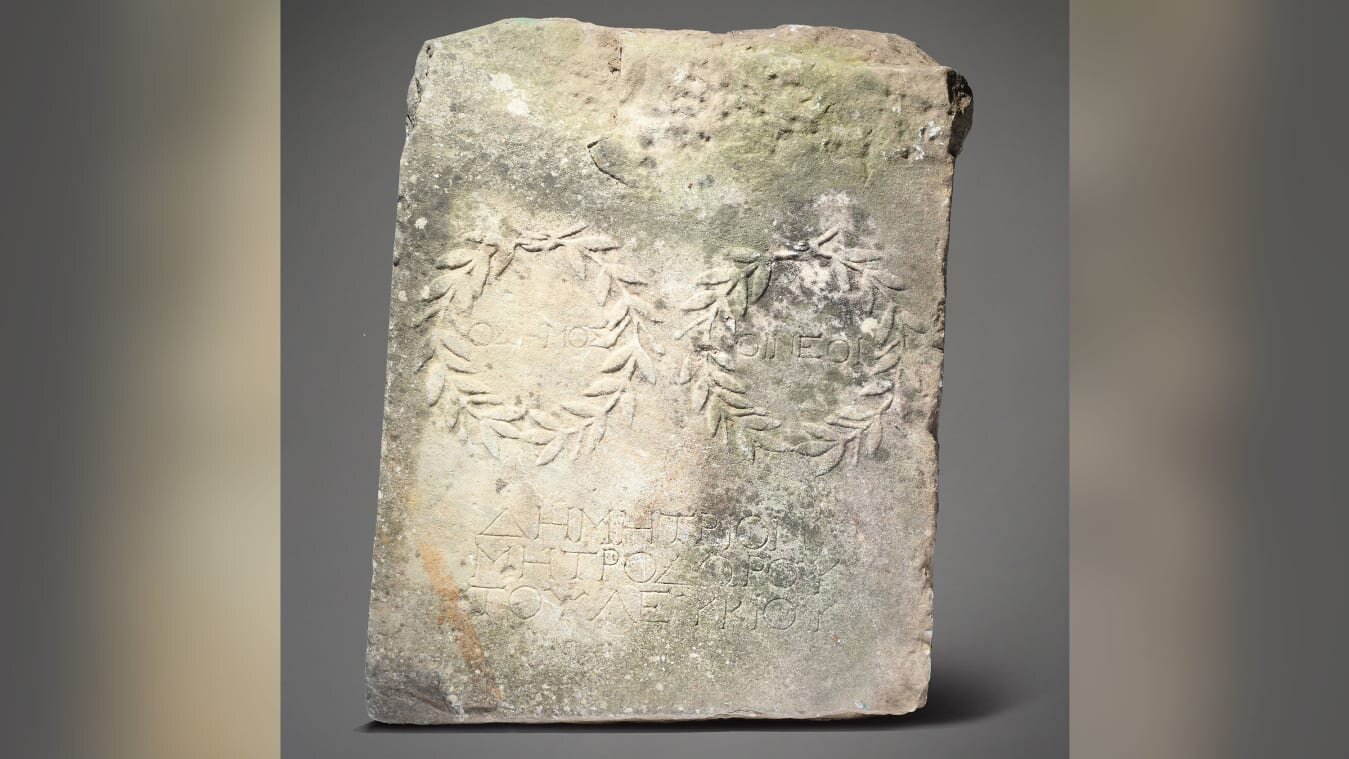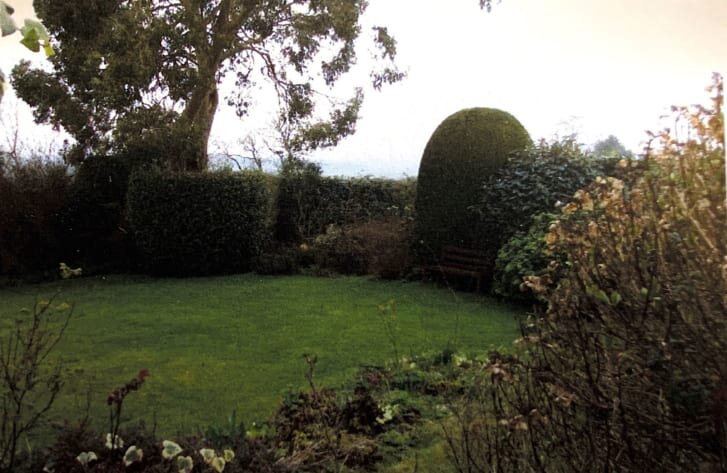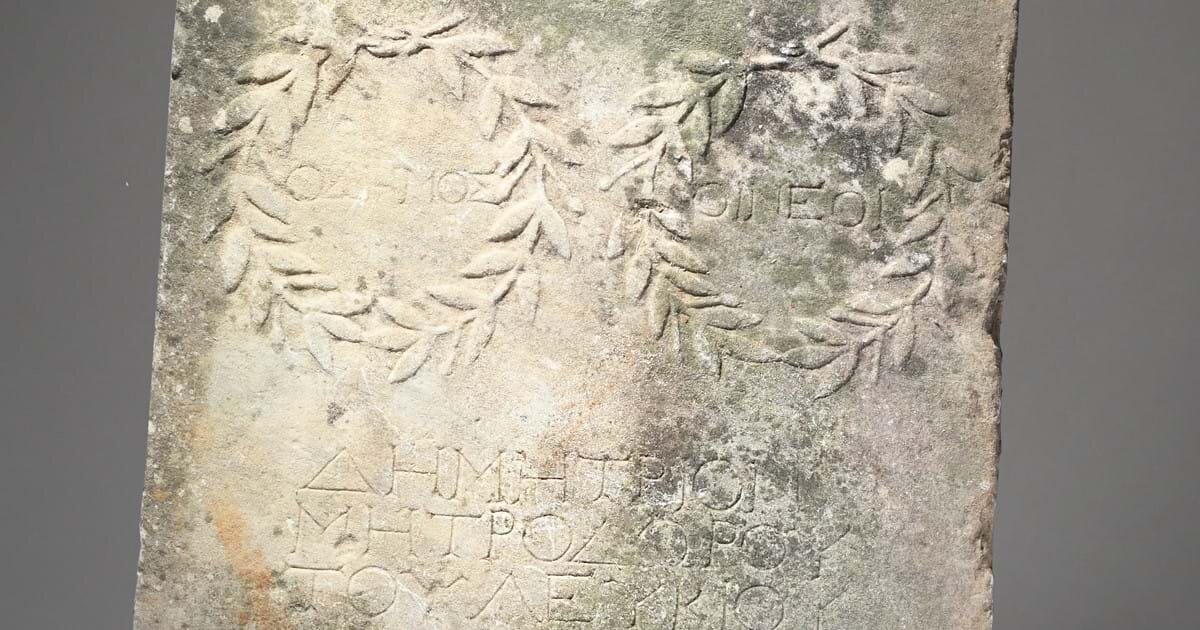An ancient Greek marble slab, used for nearly a decade as a horse mounting block before its origins were revealed, is at the center of a mystery as experts scramble to find out how it ended up in the garden of a bungalow in England.

The intricate slab features a Greek inscription that gives a clue to its origins, and has been dated back to the second century AD.
But its more recent travels have confounded experts.
The slab was stumbled upon 20 years ago by the owner of a house in Whiteparish, a village in southern England, who found it in the rockery of her garden.
She used it as a mounting block in her stable for almost 10 years before finally noticing a laurel wreath carved into its surface, according to a press release from auction house Woolley and Wallis, which is selling the rock.

Will Hobbs, an antiquities specialist at Woolley and Wallis, said artifacts such as the rock often arrived in England in the 18th and 19th centuries when wealthy aristocrats would tour Europe learning about classical art and culture.
“We assume that is how it entered the UK, but what is a complete mystery is how it ended up in a domestic garden, and that’s where we’d like the public’s help,” Hobbs said in a statement.

After noticing the detail on the slab, the home’s more recent owner took it to an archaeologist, who dated it to the second century with likely origins in Greece or Asia Minor, the peninsula that today constitutes the Asian portion of Turkey.
Its inscription reads: “The people (and) the Young Men (honor) Demetrios (son) of Metrodoros (the son) of Leukios.”

The slab is set to be sold in February by Woolley and Wallis, with a pre-sale estimate of up to £15,000 ($20,300).
Auctioneers are asking local residents whether they know anyone who lived in the area in recent decades, as they work to find clues as to how the slab found itself in the quiet English garden.
They are also asking whether anyone involved in the construction of the bungalow, built on Common Road in Whiteparish in the mid-1960s, might “recall the origins of some of the rubble used.”
“There are several possibilities of where the stone might have originated,” Hobbs said.
“Both Cowesfield House and Broxmore House were very close to Whiteparish and were demolished in 1949 after having been requisitioned by the army during the war. But we also know that the house at what is now Paulton’s Park was destroyed by fire in 1963 and so possibly rubble from there was reused at building sites in the area shortly after.”





